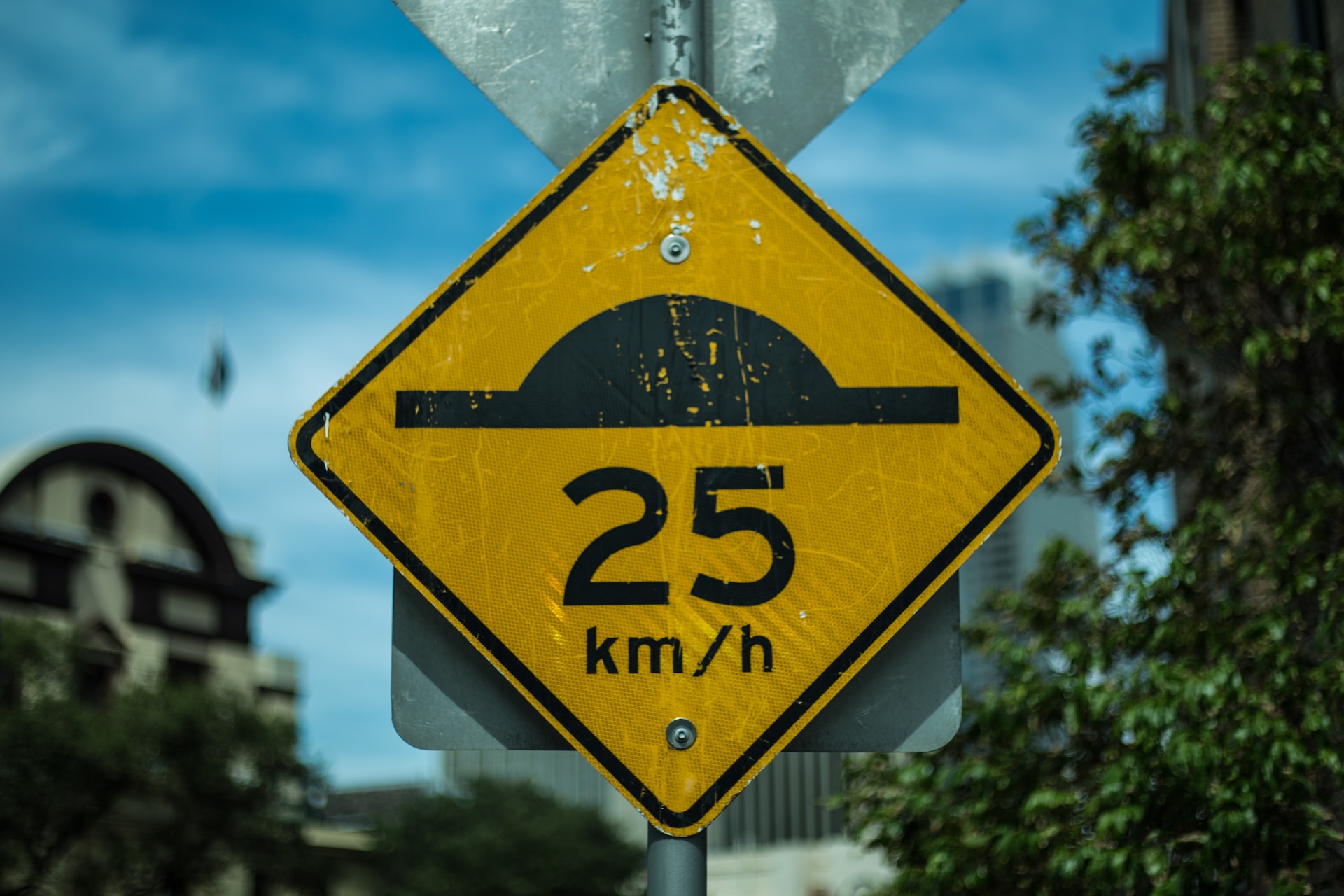
New research by the Parliamentary Advisory Council for Transport Safety (PACTS) has confirmed that physical traffic calming measures make 20mph limits far more effective.
Evidence from six countries in mainland Europe, as well as in the UK, showed that the speed reduction delivered in 20mph (or 30km/h) schemes depends on whether they are supported by physical measures, such as humps or changes in road width.
The research was carried out with a team of international road safety experts and was funded by the Road Safety Trust. It showed that compliance with 20mph limits is ‘poor’ where there are no physical measures in place, while those with such measures in place see a substantial reduction in speed and casualties.
In cases where a speed limit of 20mph was introduced with physical measures, with the speed previously being less than 30mph, the reduction was to less than 20mph. Meanwhile, schemes introduced without additional measures in the same circumstances only led to a reduction of around 3 to 5mph.
Signed-only schemes in the UK lead to an 11% reduction in casualties. However, when physical measures are implemented, the reduction in casualties rises to 40%, proving their effectiveness at traffic calming.
The research also indicated that Intelligent Speed Assistance (ISA) is the most effective in-vehicle system for reducing speed and improving road safety. It alerts motorists when they exceed the speed limit, encouraging compliance. However, it does not automatically prevent speeding unless divers select a mandatory system.
Margaret Winchcomb, deputy executive director at PACTS, said: “20mph is now generally accepted as the safe speed for streets used by people walking, cycling or wheeling.
“Traffic speeds of around 20mph also make walking and cycling more appealing – a crucial step towards the Government’s desire that 50% of journeys will be walked or cycled by 2030.”
Sonya Hurt, chief executive of the Road Safety Trust, said: “The Road Safety Trust was delighted to fund this research which builds on the evidence base and confirms the importance of accompanying traffic calming measures.
“The findings will help ensure the continued roll-out of 20mph schemes can be backed by the latest evidence, and be as effective as possible in terms of reducing casualties.”
For more road safety news, read the Anglo Liners blog. Alternatively, request a free, no-obligation road marking quote.
